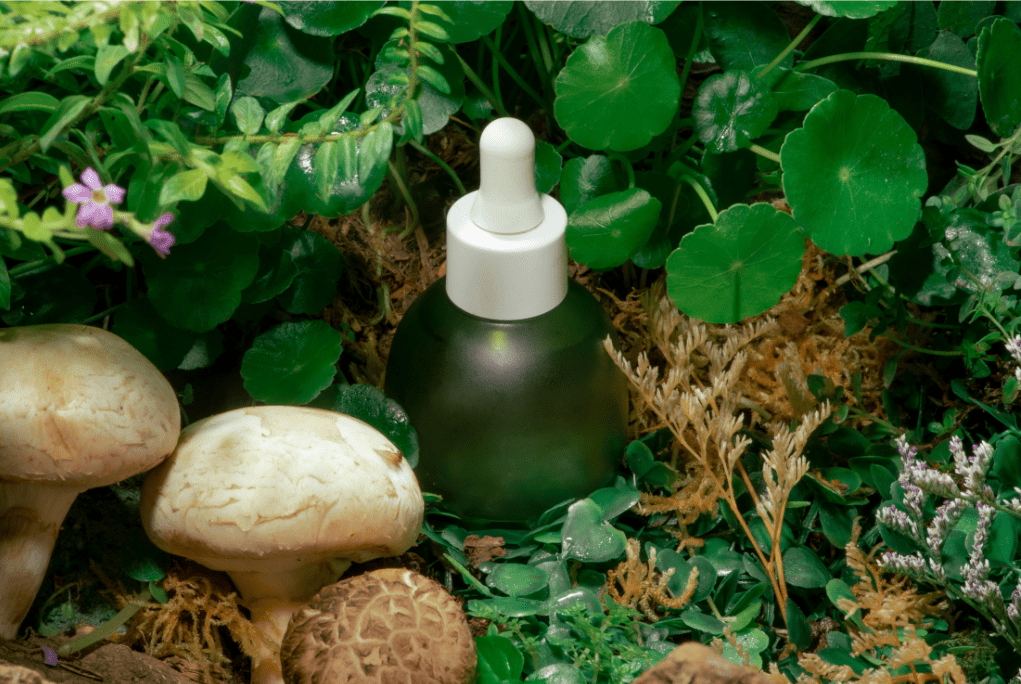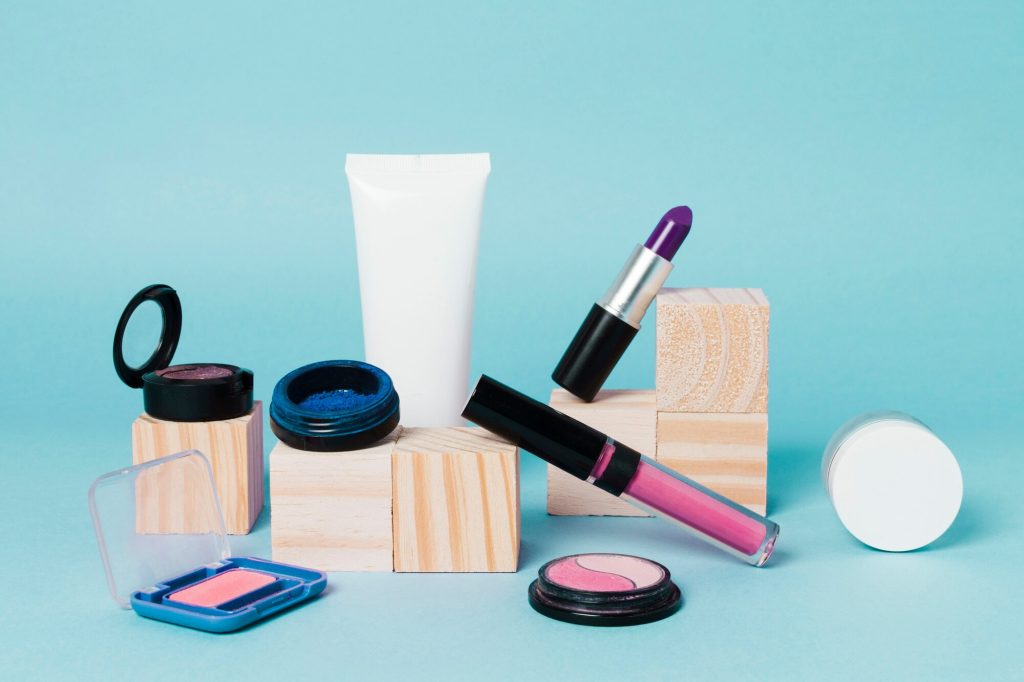- There are two types of polymers – synthetic, which are man made, and natural, which can be extracted from nature
- Synthetic polymers constitute the backbone of several products of our modern life
- They are a part of the formulations that go into several cosmetics, personal and home care products that we use everyday
- We need to look beyond ingredients and into formulations
- Natural polymers and derivatives are a viable alternative to several synthetic polymers in the market
In the modern day and world of living, we have many items that allow us convenience and comfort. A lot of these items ranging from plastic products to unseen ingredients in our skincare items contain synthetic polymers, which impart properties like convenience, durability, versatility, and functionality to the products. For a long time, synthetic polymers allowed us to manufacture products that provided us the ability to live better lives and boosted the economy. Now, we’re facing consequences from the other side of the coin.
Synthetic and natural polymers
Polymers are repeating chains of monomer units that bind our material world and are synthetic or natural. Synthetic polymers are man made and fossil fuel based. Examples include nylon, polyethylene, polyester, Teflon, and formulations in everyday products. Natural polymers occur in nature, can be extracted, and are often water-based. Examples of naturally occurring polymers are silk, wool, DNA, cellulose and proteins.
The backbone of everyday life
Synthetic polymers have been engineered by scientists and engineers and form the backbone of several items in our everyday life, including plastics and microplastics. Micro plastics are tiny pieces of plastics which are intentionally added to products to impart properties like functionality or versatility to the product, for e.g., microbeads which impart exfoliating properties to scrubs. They are used in various industries such as in the personal and home care industry, and also have applications in agriculture and packaging. Another way they can also occur is when larger plastic items break down in the environment.
Synthetic polymers, among their many other properties, are engineered for their durability, which means that products made from these items can persist in the environment for a long time even after we are done using them. Since they are smaller particles of less than 5mm, microplastics can’t be detected by our current water treatment systems in most places, and end up being washed down into our aquatic systems. Their presence doesn’t stop there – they find their way up the food chain to higher level organisms like humans.
Not only do synthetic polymers pose an environmental problem, but they also pose economical and health problems.
Polymers in cosmetics and personal care industry
Polymers play a vital role in the personal care industry, serving as versatile and multifunctional ingredients in various products, and contributing to the texture, stability, and performance of items like shampoos, conditioners, lotions and cosmetics. Their use enables the industry to create innovative products that meet consumer demands for efficacy, aesthetics and functionality while ensuring stability and shelf life. For e.g. synthetic polymers like polyethylene glycols (PEGs), polyvinylpyrrolidone (PVP), and acrylic polymers are commonly used as emulsifying, thickening and stabilising agents, allowing formulations to maintain consistency. Polymers like silicones are prized for their ability to impart a smooth, silky feel and act as a protective barrier to the skin or hair.
Sustainability trends in the cosmetics and personal care industry
Sustainability in cosmetics and personal care products has become a focal point due to their large carbon footprint, emissions, and their relevance to our everyday life. However, there are trends that have emerged driven by consumer demand for environmentally conscious products:
- Green chemistry and clean formulations: There’s a growing emphasis on clean and green formulations – brands are opting for safer, non-toxic ingredients reducing or eliminating harmful chemicals like parabens, sulfates and phthalates in their products. Although green chemistry principles are being employed to develop products with minimal environmental and personal impact at all stages, from sourcing to disposal, mass adoption of such products has not yet been possible.
- Circular packaging initiatives: Brands are rethinking packaging to minimize waste, involving reducing use of single use plastics, adopting recyclable or biodegradable materials and designing refillable or reusable packaging.
- Increased transparency and traceability: Consumers are becoming increasingly aware and interested in what goes into the products that they use. Efforts are being made to increase and improve transparency and traceability of products.
- Reducing carbon footprint: Companies are committing to reducing their carbon footprint by optimizing manufacturing processes, utilising renewable energy solutions, and investing in carbon offset programs.
- Water conservation, biodiversity, and ethical sourcing: Efforts are being made to reduce water usage in formulations and production processes, as it has a big impact in the industry. Special focus is also being put on responsibly and ethically sourcing ingredients, investing in fair trade practices, and ensuring sustainable practices.
- Innovative technologies: Advancements in technology, such as micro encapsulation and biodegradable alternatives, are driving sustainable innovation. Microencapsulation allows for controlled release of active ingredients, reducing waste and enhancing product effectiveness. Bio-based and biodegradable polymers, serving as an alternative to traditional, synthetic ingredients, are gaining traction for their eco-friendliness as well as their skin friendliness in everyday use.
- Social responsibility and animal welfare: Consumers are becoming increasingly conscious of ethical practices, including cruelty free and vegan products. Brand are pledging to be cruelty free, and are using alternative methods of testing to ensure the safety of their products without harming animals.
Beyond ingredients, to formulations
Among the several trends we saw in the industry, one in particular has gained traction – the shift towards incorporating natural and organic ingredients in products. However, the problem doesn’t just stop at ingredients but extends to formulations – and here’s where synthetic polymers come into play. Synthetic polymers, used in formulations to maintain consistency and provide stability are relatively cheaper than natural alternatives. Moreover, their interaction with our skin and hair and being washed away into our aquatic systems means they can make their way up the food chain and have serious health and toxic repercussions on humans and other living beings. According to Business of Fashion, there are some 24,000 formulations in the cosmetics industry that currently have no ready alternatives, green or otherwise.
What effect does it have on business?
Recognizing the present and future threat that microplastics and synthetic polymers pose to life, several countries and organisations are coming up with their own plans and bans to phase out their use. Several laws like the ban on microplastics and synthetic polymers under REACH in the EU and the UN ban on plastics including synthetic polymers are already coming into effect, which will have a huge impact on the cosmetics and personal care industries. An estimated 13 billion USD are estimated to be lost in revenue due to lack of ready formulations.
Natural polymers: an alternative to traditional ingredients
Natural polymers and derivatives are an alternative to synthetic polymers that take us back to nature for inspiration and wisdom. Natural polymers can be extracted from nature from sources like renewable feedstock, or as by-products from waste streams. For e.g. natural polymers like cellulose derivatives and chitosan can be used in skincare and cosmetics items as thickeners, emulsifiers, stabilisers and for their moisturising properties. Other natural polymers like proteins (e.g. soy or whey proteins) can be used in shampoos, conditioners, and hair treatments to strengthen hair stands and improve texture.
By using biological and sustainable processes to manufacture natural polymers, they become both bio-based and biodegradable. Sustainable manufacturing processes offer numerous benefits such as resource efficiency, waste reduction and recycling, carbon footprint reduction, water conservation and regulatory compliance. Several processes and technology being developed and optimised can be easily integrated into current manufacturing infrastructure, with little to no additional expenditure. These processes also have lower GHG emissions and carbon footprint relative to processes for synthetic polymer manufacturing due to use of renewable raw material sources, lesser energy-intensive processes, biodegradability and positive end-of-life impact, and reduced chemical use.
Advanced natural polymers can accelerate the sustainability transition
By developing advanced natural polymers, such as the products developed by Greenitio, we can help mimic and maintain several of the properties that synthetic polymers provide, in a natural way. This can help propel companies’ adoption of natural polymers, helping them accelerate their transition to sustainable materials. Natural polymers can form the alternative for several specialty chemical formulations in the market.



